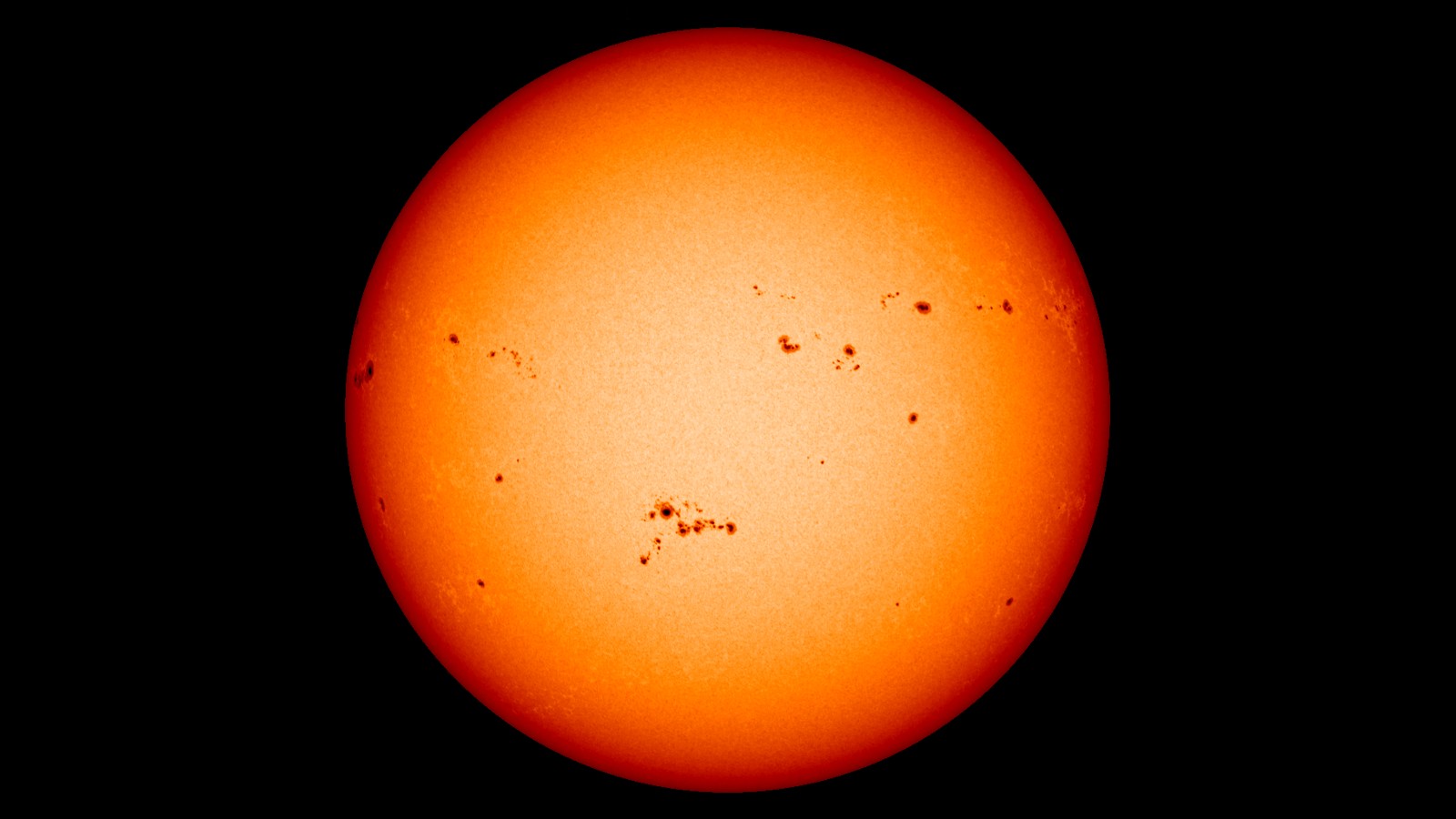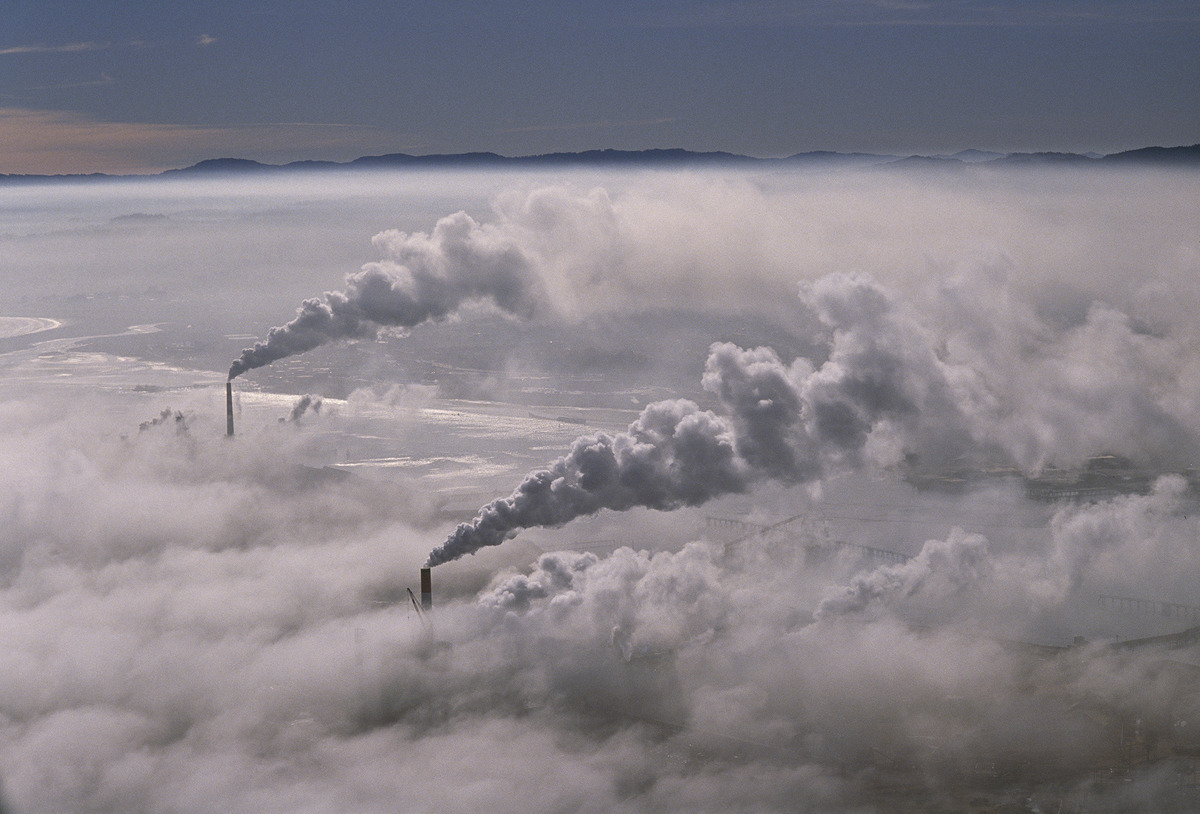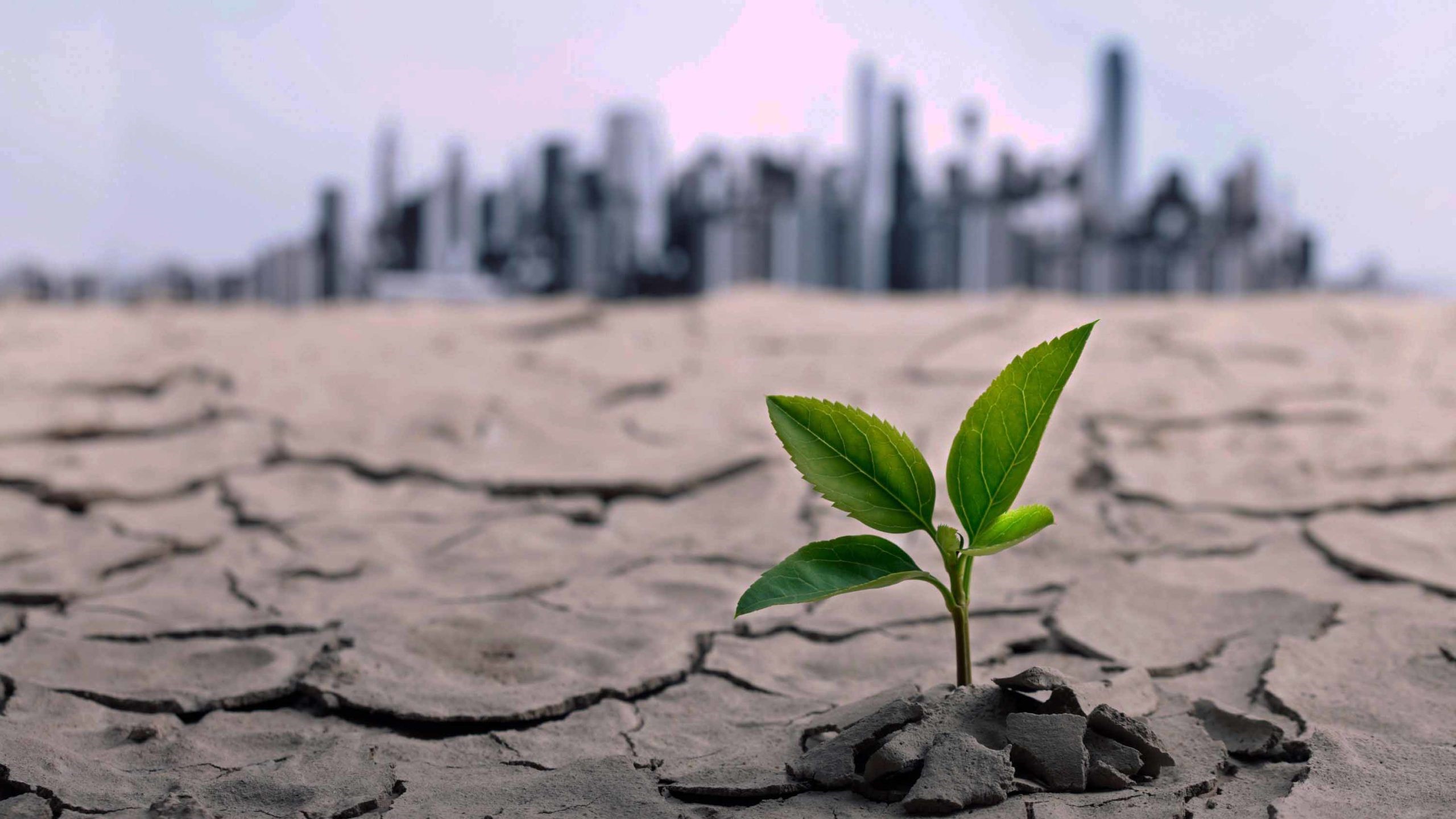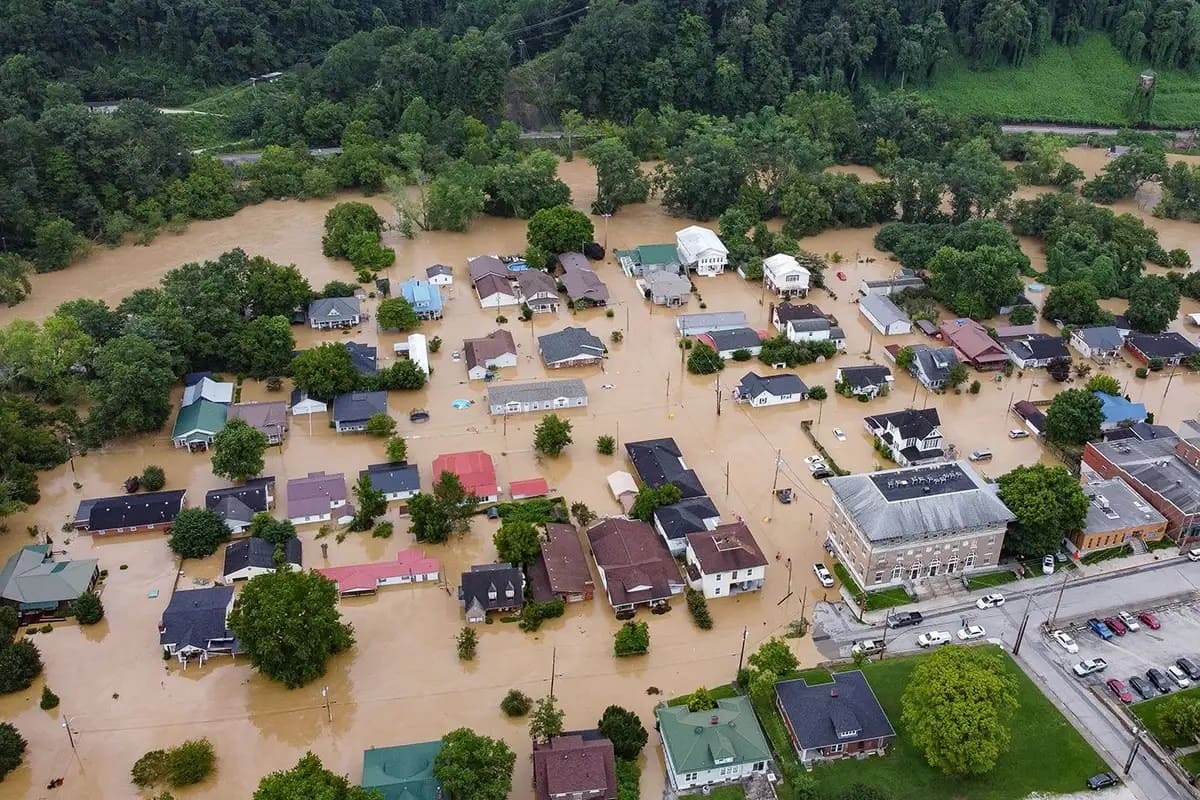Home>Weather and Climate>The Role And Impact Of Greenhouse Gases
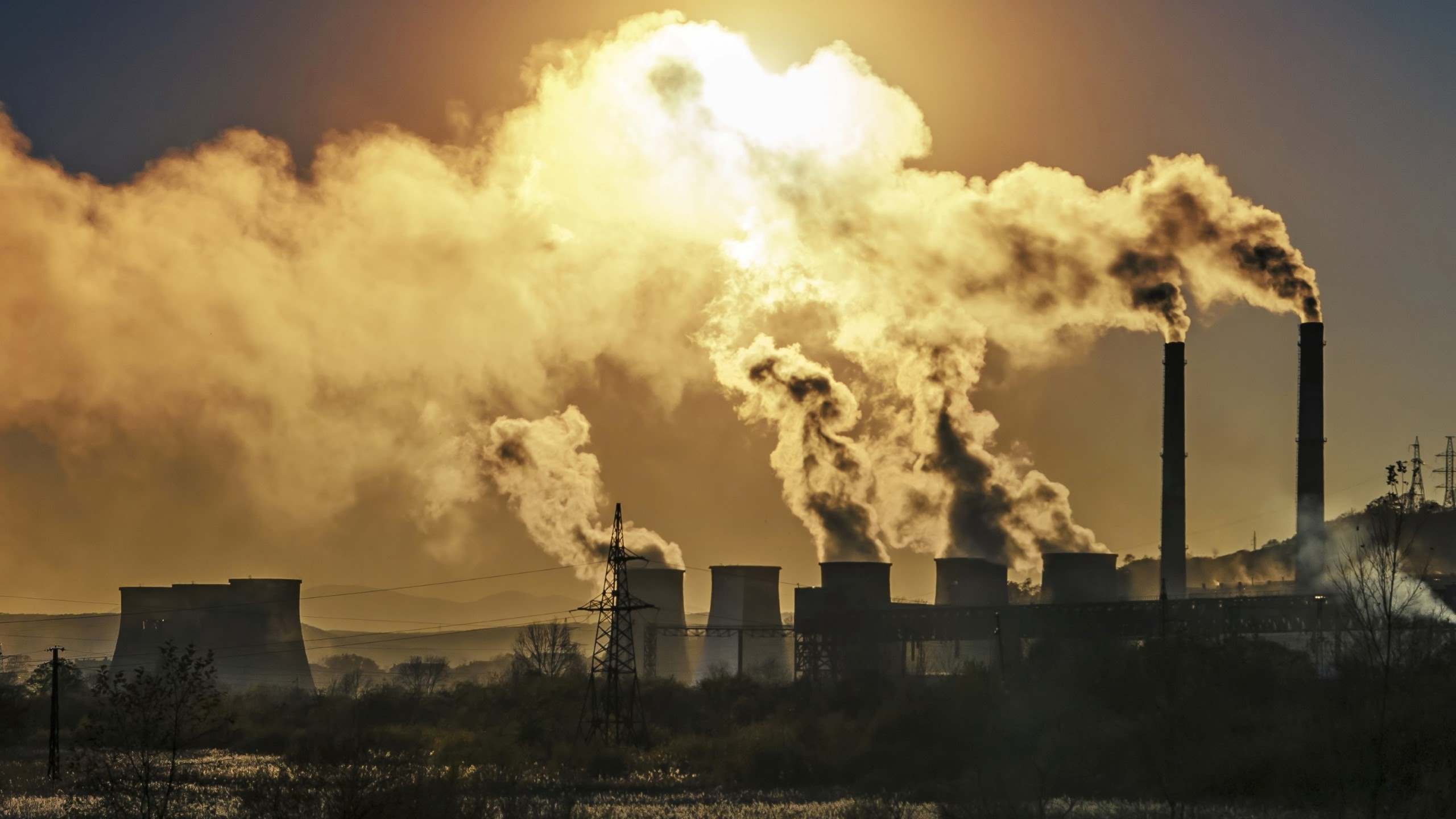

Weather and Climate
The Role And Impact Of Greenhouse Gases
Published: March 3, 2024
Learn about the role and impact of greenhouse gases on weather and climate. Understand the effects and implications of these gases on our environment.
(Many of the links in this article redirect to a specific reviewed product. Your purchase of these products through affiliate links helps to generate commission for Temperatures.com, at no extra cost. Learn more)
Table of Contents
Understanding Greenhouse Gases
Greenhouse gases are a crucial component of the Earth's atmosphere, playing a pivotal role in regulating the planet's temperature. These gases trap heat from the sun, creating a natural greenhouse effect that sustains the Earth's habitable climate. The most prevalent greenhouse gases include carbon dioxide (CO2), methane (CH4), nitrous oxide (N2O), and fluorinated gases. While these gases occur naturally, human activities have significantly amplified their presence in the atmosphere, leading to a heightened greenhouse effect and subsequent climate change.
The mechanism behind the greenhouse effect is relatively straightforward. When solar radiation reaches the Earth's surface, some of it is absorbed and warms the planet. The Earth then emits this absorbed energy in the form of infrared radiation. Greenhouse gases act as a barrier, preventing a portion of this infrared radiation from escaping into space. Instead, they trap the heat and redirect it back towards the Earth's surface, effectively warming the planet.
The concentration of greenhouse gases in the atmosphere has surged due to human activities such as burning fossil fuels, deforestation, industrial processes, and agricultural practices. These activities release substantial amounts of CO2, CH4, and N2O into the atmosphere, intensifying the greenhouse effect and contributing to global warming.
Understanding the properties and behavior of greenhouse gases is essential in comprehending their impact on the Earth's climate. Each greenhouse gas possesses distinct characteristics that influence its ability to trap heat and its longevity in the atmosphere. For instance, CO2, the most prevalent greenhouse gas, can persist in the atmosphere for centuries, making it a significant contributor to long-term climate change. On the other hand, methane, while less abundant, is a potent greenhouse gas, capable of trapping significantly more heat than CO2 over a shorter period.
In summary, greenhouse gases are integral to maintaining the Earth's temperature within a habitable range. However, the excessive accumulation of these gases due to human activities has disrupted this delicate balance, leading to global climate change. Understanding the nature and impact of greenhouse gases is crucial in formulating effective strategies to mitigate their adverse effects and safeguard the planet for future generations.
Sources of Greenhouse Gases
The sources of greenhouse gases are diverse and encompass both natural processes and human activities. Understanding these sources is crucial in addressing the root causes of climate change and formulating effective mitigation strategies. Here are the primary sources of greenhouse gases:
Natural Sources
- Volcanic Activity: Volcanic eruptions release significant amounts of CO2, sulfur dioxide, and water vapor into the atmosphere. While the CO2 emissions from volcanoes are substantial, they are outweighed by human-induced emissions.
- Biological Processes: Natural processes such as respiration, decomposition, and wildfires release greenhouse gases, particularly CO2 and methane, into the atmosphere. Additionally, wetlands and natural water bodies emit methane as a byproduct of anaerobic decomposition processes.
- Oceanic Release: The world's oceans are vast reservoirs of CO2. Natural processes such as the exchange of gases between the atmosphere and the ocean, as well as the decomposition of organic matter in the ocean, contribute to the release of CO2 into the atmosphere.
Anthropogenic Sources
- Fossil Fuel Combustion: The burning of fossil fuels for energy production, transportation, and industrial processes is a major source of CO2 emissions. This includes the combustion of coal, oil, and natural gas, which releases substantial amounts of CO2 into the atmosphere.
- Deforestation and Land Use Changes: The clearing of forests for agriculture, urbanization, and other purposes results in the release of CO2 stored in trees and vegetation. Additionally, land use changes contribute to the loss of natural carbon sinks, further exacerbating CO2 emissions.
- Industrial Processes: Various industrial activities, including cement production, chemical manufacturing, and waste incineration, release CO2 and other greenhouse gases into the atmosphere.
- Agricultural Practices: Agricultural activities, particularly livestock farming and rice cultivation, are significant sources of methane emissions. Livestock produce methane during digestion, while flooded rice paddies facilitate the anaerobic conditions necessary for methane production.
- Waste Management: Landfills and waste treatment processes generate methane and CO2 as organic waste decomposes. Additionally, the incineration of waste materials releases greenhouse gases into the atmosphere.
Other Sources
- Defective Refrigeration and Air Conditioning Systems: The leakage of fluorinated gases from refrigeration and air conditioning equipment contributes to the release of potent greenhouse gases into the atmosphere.
- Industrial and Agricultural Chemicals: The production and use of certain industrial chemicals and fertilizers result in the emission of potent greenhouse gases, including nitrous oxide and fluorinated gases.
Understanding the diverse sources of greenhouse gases is essential in developing comprehensive strategies to mitigate their impact on the Earth's climate. By addressing these sources through sustainable practices, technological advancements, and policy interventions, it is possible to reduce greenhouse gas emissions and work towards a more sustainable and resilient future.
The Impact of Greenhouse Gases on Climate Change
The impact of greenhouse gases on climate change is profound and far-reaching, exerting significant influence on various aspects of the Earth's environmental systems. As these gases accumulate in the atmosphere, they contribute to a range of climatic shifts and disruptions, ultimately shaping the planet's long-term climate patterns. Understanding the specific impacts of greenhouse gases on climate change is crucial in assessing the magnitude of their effects and formulating effective strategies to mitigate their consequences.
One of the primary impacts of greenhouse gases on climate change is the intensification of global temperatures. The enhanced greenhouse effect resulting from the accumulation of CO2, methane, and other gases leads to the trapping of more heat within the Earth's atmosphere. This phenomenon, commonly referred to as global warming, has far-reaching implications, including the melting of polar ice caps, rising sea levels, and alterations in weather patterns. These changes pose significant challenges to ecosystems, wildlife habitats, and human communities, underscoring the urgency of addressing greenhouse gas emissions.
Moreover, the influence of greenhouse gases extends beyond temperature changes, encompassing shifts in precipitation patterns and the frequency and intensity of extreme weather events. As the climate continues to warm due to heightened greenhouse gas concentrations, regions may experience altered rainfall distribution, leading to droughts in some areas and increased precipitation in others. Additionally, the increased energy within the climate system can fuel the escalation of extreme weather phenomena, such as hurricanes, heatwaves, and heavy rainfall events, with profound implications for human societies and natural landscapes.
Furthermore, the impact of greenhouse gases on climate change extends to ecological systems, including disruptions in biodiversity, ecosystem dynamics, and species distributions. As temperatures rise and weather patterns shift, ecosystems face the challenge of adapting to these changes, often resulting in shifts in species ranges, altered migration patterns, and potential ecosystem disturbances. These impacts can have cascading effects on food webs, agricultural productivity, and the overall resilience of natural systems, highlighting the interconnected nature of climate change and ecological stability.
In summary, the impact of greenhouse gases on climate change encompasses a wide array of consequences, ranging from temperature increases and altered precipitation patterns to ecological disruptions and extreme weather events. Addressing these impacts necessitates a comprehensive approach that addresses the root causes of greenhouse gas emissions and prioritizes sustainable practices, renewable energy sources, and international cooperation. By understanding the multifaceted nature of these impacts, societies can work towards mitigating the effects of greenhouse gases and fostering a more resilient and sustainable global environment.
The Role of Greenhouse Gases in the Atmosphere
Greenhouse gases play a pivotal role in regulating the Earth's atmospheric conditions, exerting a profound influence on the planet's energy balance and overall climate dynamics. At its core, the presence of greenhouse gases in the atmosphere enables the retention of thermal energy, a process essential for maintaining the Earth's surface temperature within a habitable range. This fundamental role is rooted in the ability of greenhouse gases to absorb and re-emit infrared radiation, effectively trapping heat within the atmosphere.
The mechanism through which greenhouse gases operate is intricately linked to the Earth's energy budget. When solar radiation reaches the Earth's surface, it is absorbed and subsequently re-emitted as infrared radiation. Greenhouse gases, including carbon dioxide (CO2), methane (CH4), nitrous oxide (N2O), and fluorinated gases, intercept a portion of this outgoing infrared radiation, preventing it from escaping into space. Instead, they redirect the thermal energy back towards the Earth's surface, contributing to the warming of the planet. This natural greenhouse effect is essential for creating a hospitable climate, allowing for the existence of liquid water and supporting diverse ecosystems.
Furthermore, the role of greenhouse gases in the atmosphere extends beyond temperature regulation. These gases also contribute to stabilizing the Earth's energy balance by redistributing thermal energy throughout the atmosphere. By absorbing and emitting infrared radiation at various altitudes, greenhouse gases help to maintain a relatively uniform temperature profile within the troposphere, the lowest layer of the atmosphere where weather phenomena occur. This process, known as radiative forcing, influences the vertical distribution of temperature and plays a crucial role in shaping atmospheric circulation patterns and weather systems.
Additionally, greenhouse gases contribute to the regulation of the Earth's surface temperature on a global scale. By modulating the amount of heat retained within the atmosphere, these gases influence the equilibrium between incoming solar radiation and outgoing thermal radiation, thereby shaping the overall climate conditions experienced across different regions of the planet. This global-scale impact underscores the significance of greenhouse gases in shaping the Earth's climate and underscores the interconnected nature of atmospheric processes and climate dynamics.
In essence, the role of greenhouse gases in the atmosphere is indispensable for sustaining the Earth's habitable climate. By facilitating the retention of thermal energy and contributing to the regulation of global and regional temperature patterns, these gases are integral to the complex interplay of atmospheric processes that govern the planet's climate. Understanding and acknowledging the pivotal role of greenhouse gases in the atmosphere is essential for addressing climate change and formulating strategies to mitigate the adverse effects of anthropogenic greenhouse gas emissions.
Mitigating the Effects of Greenhouse Gases
Mitigating the effects of greenhouse gases is imperative in addressing the far-reaching impacts of climate change and fostering a sustainable future for the planet. As societies and governments recognize the urgency of reducing greenhouse gas emissions, a multifaceted approach encompassing technological innovation, policy interventions, and collective action is essential in mitigating the adverse effects of these gases on the Earth's climate.
One of the primary strategies for mitigating the effects of greenhouse gases involves transitioning towards renewable energy sources. By reducing reliance on fossil fuels and embracing sustainable alternatives such as solar, wind, and hydroelectric power, societies can significantly curtail CO2 emissions associated with energy production and consumption. Additionally, advancements in energy efficiency and the widespread adoption of electric vehicles contribute to lowering overall greenhouse gas emissions, thereby mitigating their impact on the climate.
Furthermore, reforestation and afforestation initiatives play a crucial role in mitigating the effects of greenhouse gases. Trees and vegetation serve as natural carbon sinks, absorbing CO2 from the atmosphere through the process of photosynthesis. By restoring and expanding forested areas, as well as implementing sustainable land management practices, it is possible to sequester significant amounts of CO2, mitigating the atmospheric concentration of this potent greenhouse gas.
In addition to technological and ecological solutions, policy measures and international cooperation are essential for mitigating the effects of greenhouse gases. Implementing carbon pricing mechanisms, emissions trading systems, and regulatory standards for greenhouse gas emissions incentivizes industries and businesses to reduce their carbon footprint. Moreover, international agreements and collaborative efforts are instrumental in fostering a unified approach to addressing global greenhouse gas emissions, emphasizing the shared responsibility of nations in mitigating climate change.
Addressing the effects of greenhouse gases also necessitates prioritizing sustainable urban planning, transportation systems, and waste management practices. By promoting compact, energy-efficient urban development, investing in public transit infrastructure, and implementing waste reduction and recycling programs, societies can minimize their carbon emissions and mitigate the impact of greenhouse gases on the environment.
Ultimately, mitigating the effects of greenhouse gases requires a concerted effort across all sectors of society, from individual actions to collective policies and international cooperation. By embracing sustainable practices, fostering technological innovation, and advocating for climate-conscious policies, societies can work towards mitigating the adverse effects of greenhouse gases and building a resilient and sustainable future for the planet.
